In today’s increasingly mature and congested software-as-a-service (SaaS) sector, new products need to be quite exceptional to stand out. If they are, the products themselves can serve as the best marketing and sales tools that a business will ever possess. From resolving pain points to simplifying everyday life, products that effectively market themselves often lead to rapid growth and customer acquisition.
One of the benefits of this market maturity is the ability to study how other firms have tailored their product-led growth SaaS platforms to achieve optimal results. In this article, we take six product-led growth examples from different sectors and markets, drilling down to determine how and why they succeeded. From here, you can draw conclusions on how the best product led growth companies operate, determining what your own brand or business can learn.
The path to success
First, we need to answer a simple question: How can a B2B SaaS enterprise product company adopt a product-led growth model successfully? The answer is explained in detail in our feature on why it’s important for your SaaS business to adopt this model, but these are the key points:
- The product should be initially free to use, with remuneration through a freemium model, free trial, or paid upgrades for additional functionalities like technical support.
- It ought to dovetail with other platforms, either complementing or expanding on their functionalities.
- It must be easy to recommend, share, and install, allowing one employee or firm to encourage others to mirror their adoption.
- It needs to be simple to understand, with tutorials and on-screen prompts (if appropriate) guiding even inexperienced users toward key outcomes.
Product-led growth SaaS case studies
Now let’s look at half a dozen product led growth examples, to see how the best product-led growth companies blazed a trail for the rest of us.
1. Dropbox
Dropbox wholeheartedly embraced the four points above to become a billion-dollar business. It provides enough free cloud storage to build reliance among registered users, who can share files and folders with non-Dropbox users with two mouse clicks. Creating an account takes seconds and folders are intuitive to use; paid upgrades are affordable, but referrals also boost storage volumes.
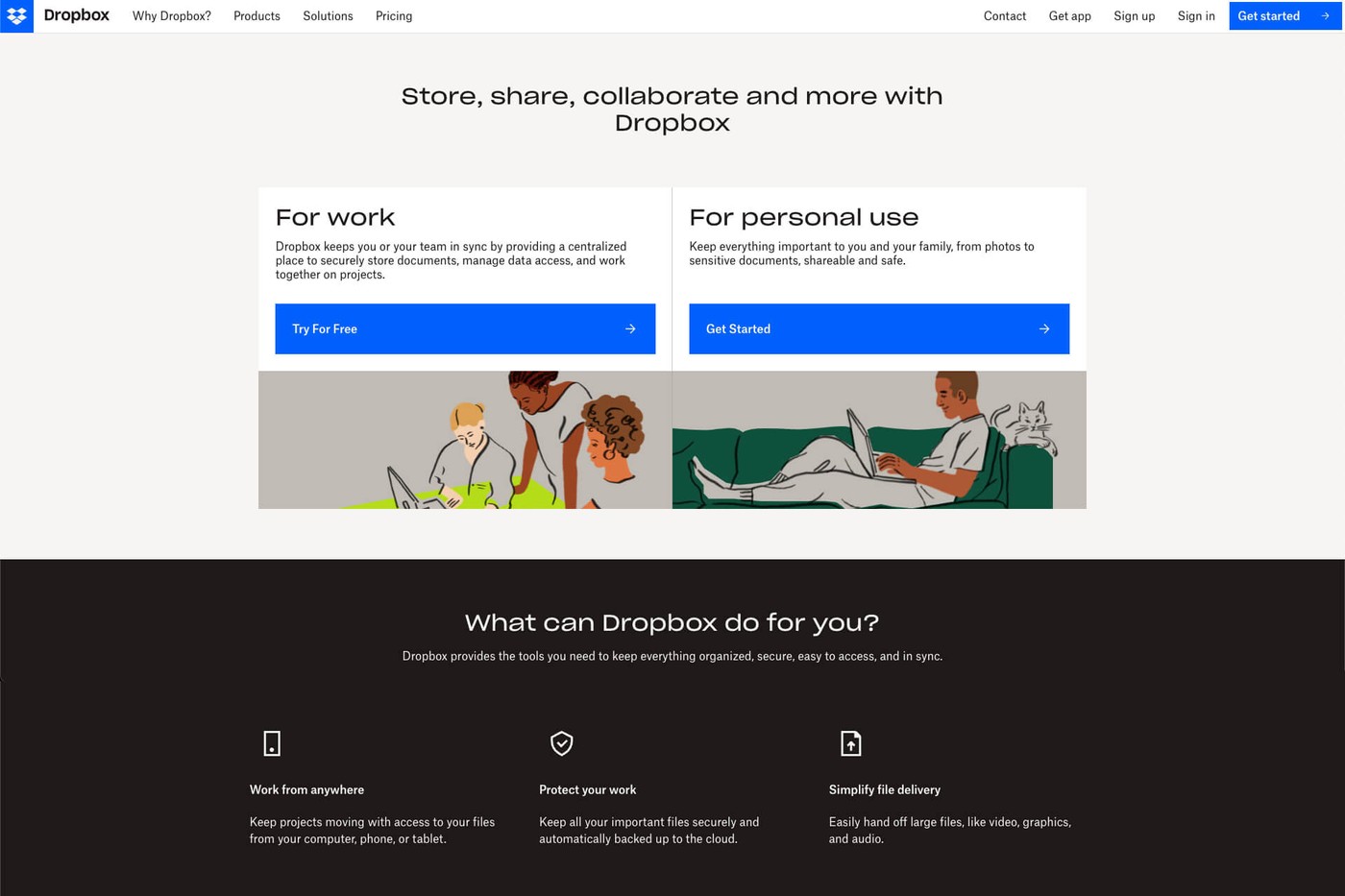
2. Trello
Before Trello launched a decade ago, who knew that we needed a web-hosted to-do list featuring pinboards and color-coded sticky notes? Today, everyone from project managers to magazine editors would be lost without Trello’s columns of notes and attachments. This is a product many people discover when a third party adds them to a board, before creating their own boards later.
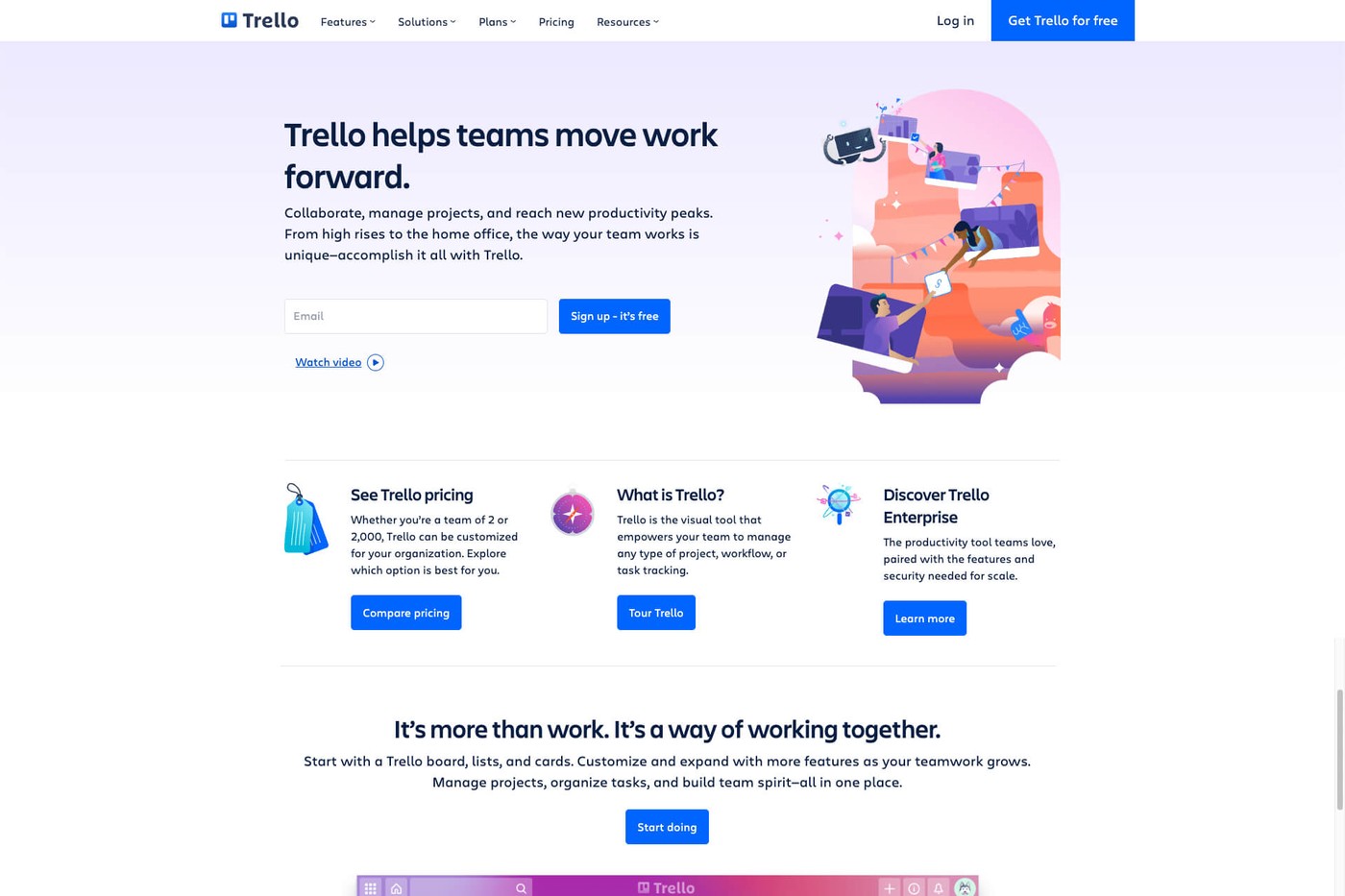
3. Cazoo
The European motor trade was static until Cazoo arrived like a wrecking ball. Their simple-to-use website covers a huge roster of used vehicles, with warranties and guarantees bundled into every sale. Further value is added through a free part-exchange valuation service on the same website, there are flexible finance options online, and buyers can log in to manage service plans or quotes.
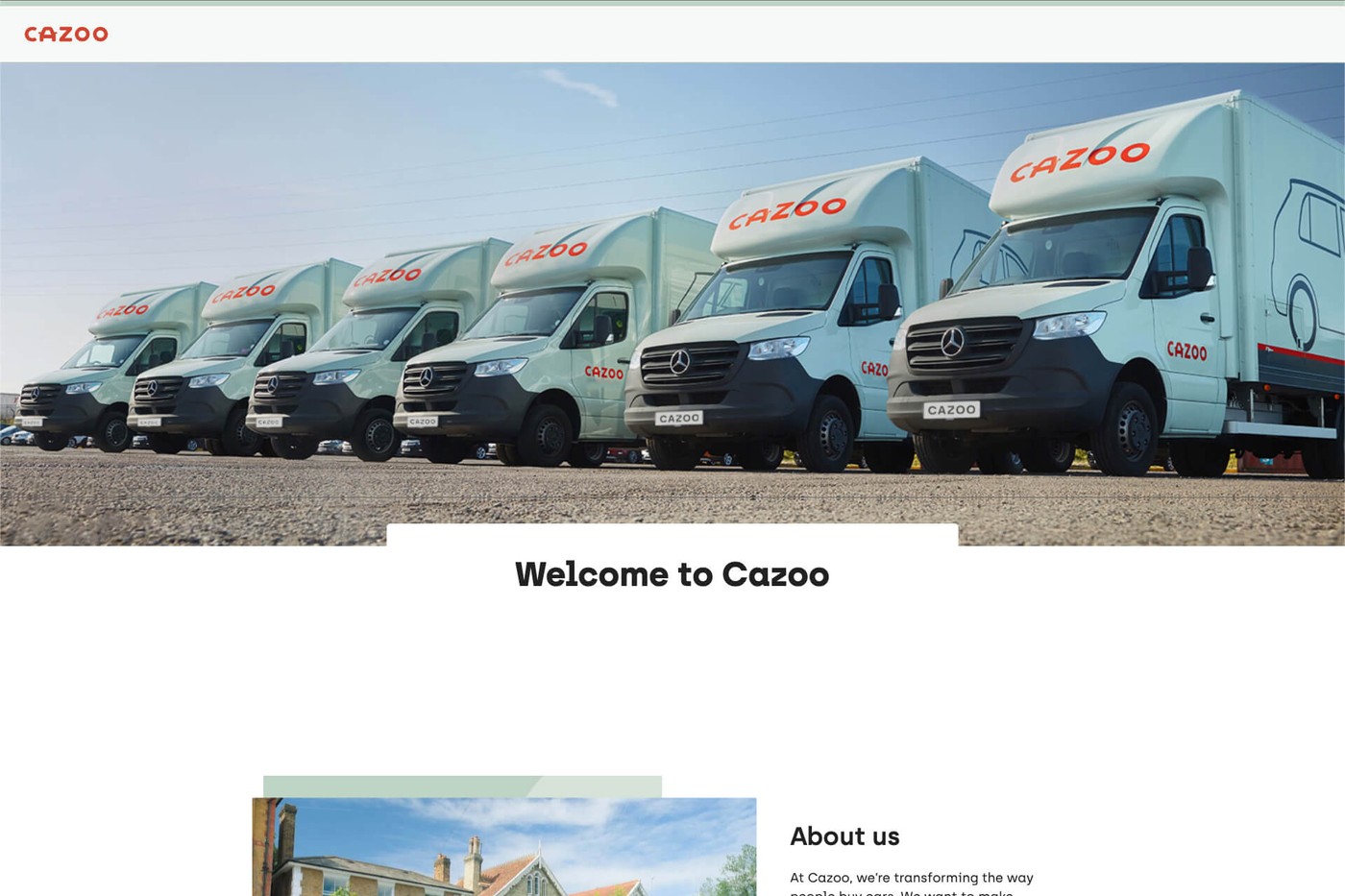
4. Airtable
We’re accustomed to using SaaS platforms to build websites (Wix, WordPress) and edit images (Pixlr, GIMP), so why not use them to build apps as well? Airtable offers the same sort of templates and extensions as web design sites, letting customers create visual and interactive apps in no time. No-code is perhaps the ultimate encapsulation of SaaS, enabling anyone to quickly develop an MVP.
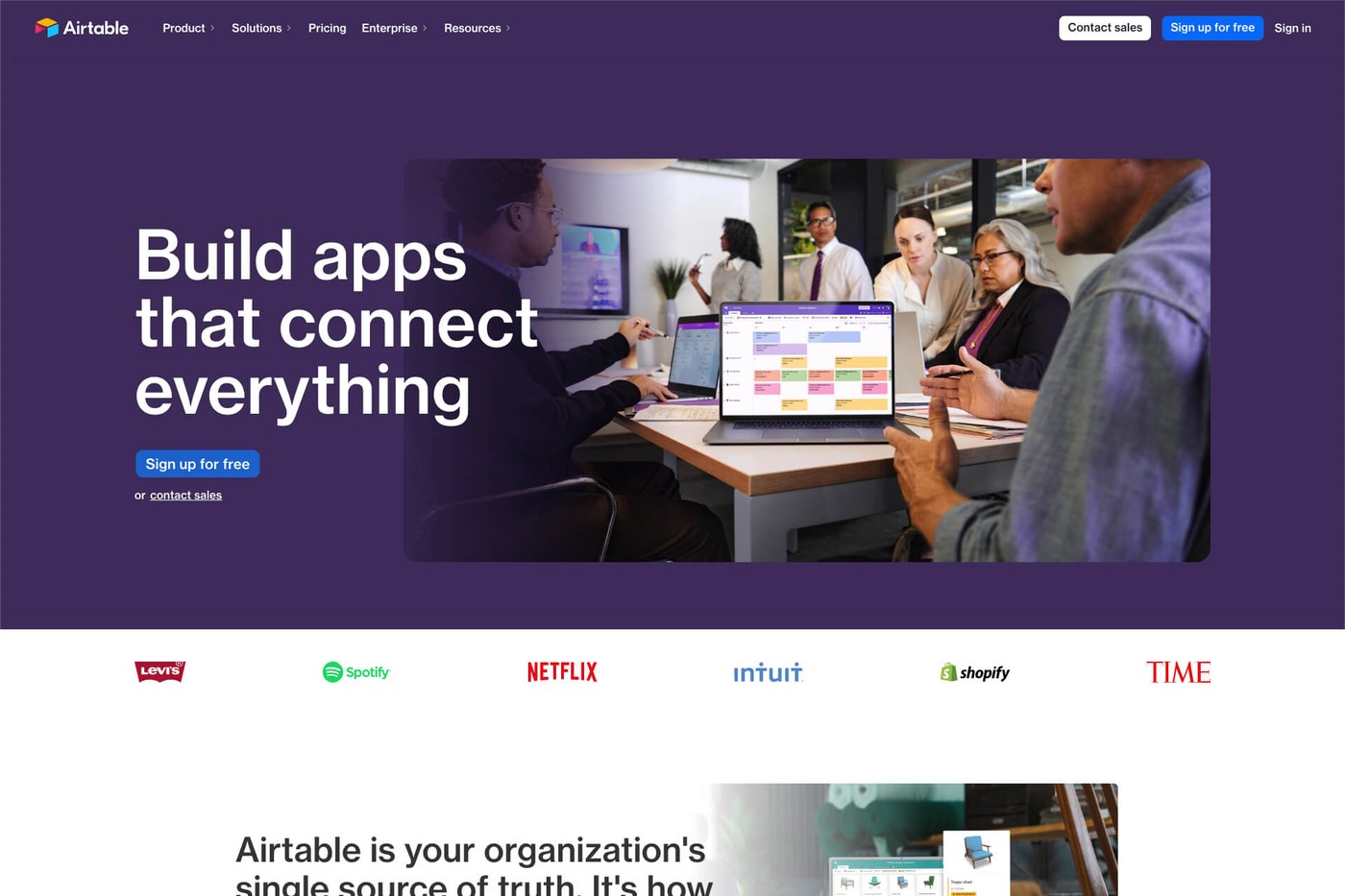
5. DocuSign
Arguments raged about the legality of electronic signatures and online approvals until DocuSign drew a literal and metaphorical line under proceedings. It’s free to create an account, and you don’t need one to receive a document with an e-signature attached. Users pay as they sign, and the simplicity of this online signature service doesn’t make it any less compelling post-pandemic.
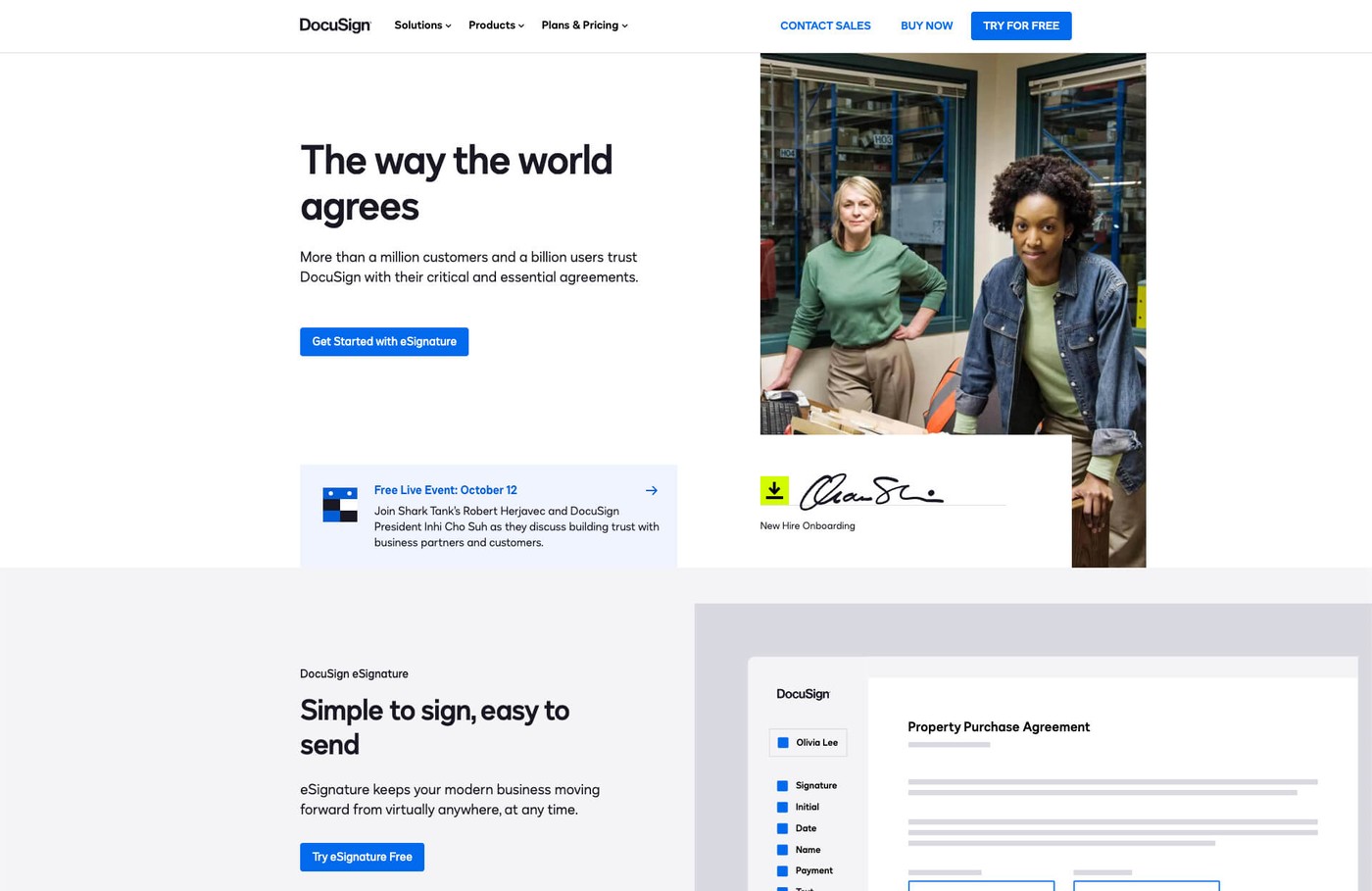
6. SurveyMonkey
Everyone loves expressing an opinion nowadays, so being invited to participate in a SurveyMonkey questionnaire is very appealing. On completion, even an unregistered guest automatically becomes a SurveyMonkey client, and is invited to create their own survey. This viral recommendation model also builds brand awareness with every survey conducted, and every individual contacted.
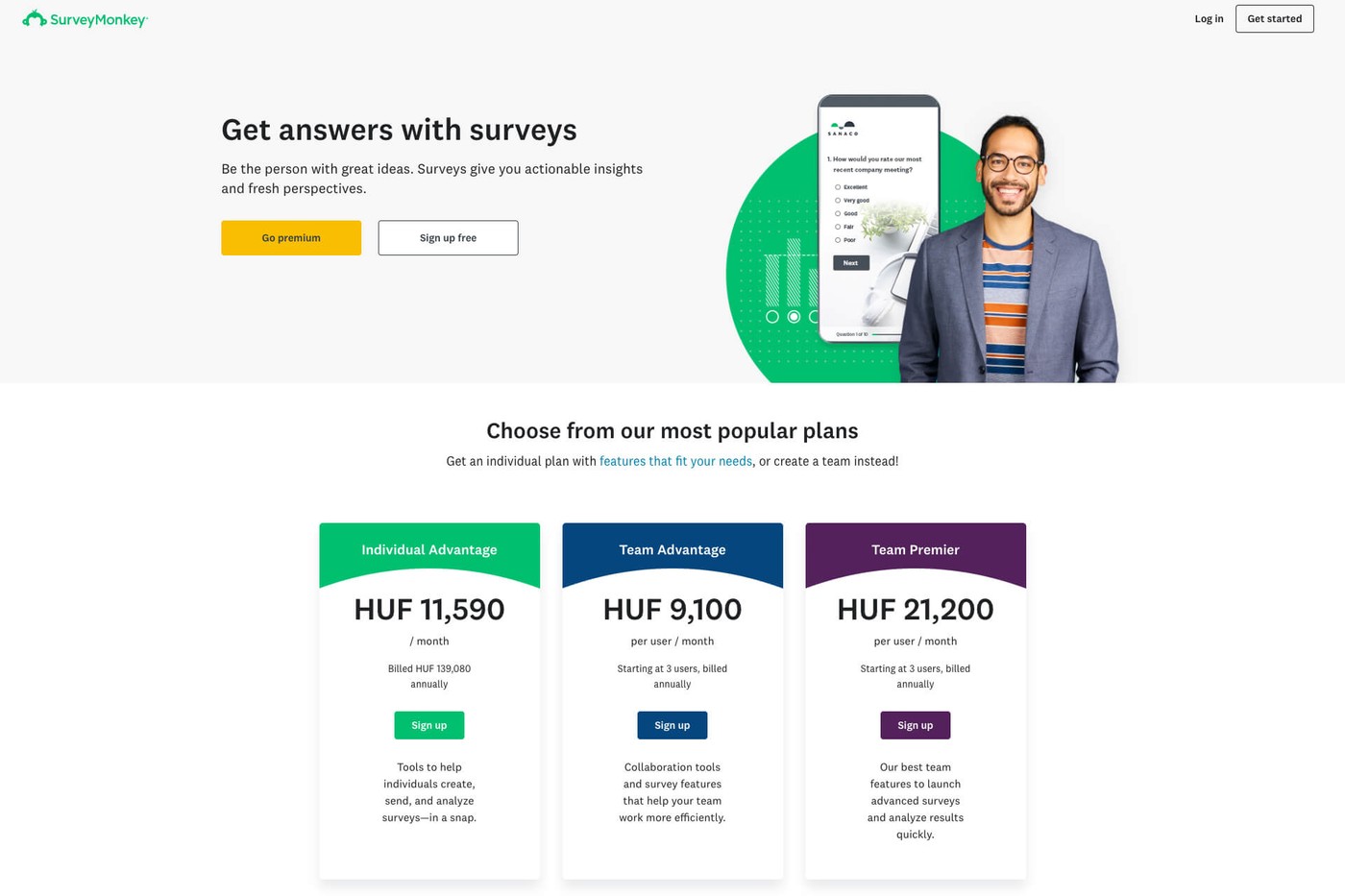
Going for growth
The six companies listed above have all succeeded by cleverly marketing a simple yet valuable product or service, only levying fees once users are sufficiently engaged. Each company has closely monitored growth and progress at every stage of development, which is something we explore in greater depth in this article. In the meantime, if you’d like more advice on product-led growth examples relevant to your specific niche or sector, give us a call to find out how our digital product agency can help your brand to grow organically.